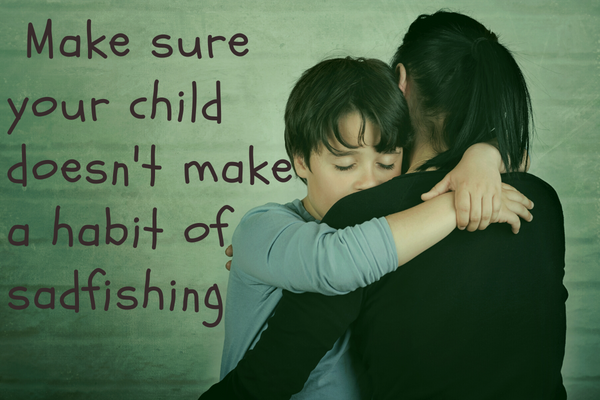Introduction
Why do kids do sadfishing? Well, it seems as if every day there’s some new trend or craze that has kids doing crazy things to get noticed by their friends and get likes on social media sites like Facebook, Instagram, and Twitter. These kids are called Sadfishers, and if you’ve never heard of them before, you may be wondering exactly what they do to earn this label. Let’s take a look at what it takes to be considered a sadfisher so you can identify them in the future. When most of us think about attention-seeking behavior, we often think about teens and pre-teens who are just trying to get the attention of their peers. It’s not uncommon to see this type of behavior when kids are dealing with changes that come with puberty, like the start of menstruation or the excitement around starting high school or going on their first date. But what if your child seems to constantly be looking for attention in other situations? Is it normal? And why do they do it? You may be dealing with a Sadfisher who uses attention-seeking as part of an underlying behavioral problem.
Understanding the Behavior
Sadfishing is a trend where a person will intentionally create sad situations in order to receive sympathy or attention from their friends, family, or significant other. It’s called sadfishing because the person doing it is fishing for sympathy and making themselves the victim of the situation by making it appear as if they are sad when that may not actually be true. Sometimes it can go unnoticed and other times people can easily see through what they are doing. If your child seems to be looking for attention or always asking questions about the same topic over and over again, then chances are he/she could be using this technique to get more notice than normal.
Knowing When and How to Correct Them
Sadfishing is a trend where a person will intentionally create sad situations in order to receive sympathy or attention from their friends, family, or significant other. It’s called sadfishing because the person doing it is fishing for sympathy and making themselves the victim of the situation by making it appear as if they are sad when that may not actually be true. Sometimes it can go unnoticed and other times people can easily see through what they are doing. If your child seems to be looking for attention or always asking questions about the same topic over and over again, then chances are he/she could be using this technique to get more notice than normal.

Creating Opportunities for Positive Social Interactions
It’s hard to imagine that we live in a world where many people feel like they don’t have anyone who cares about them. This can lead them to take drastic measures, such as self-injury or even suicide, as a way of dealing with the pain. One of the best ways to address this is by creating opportunities for positive social interactions. They need to know that there are other people out there who care about them and will accept them just as they are. People do not always understand what it feels like to be neglected and forgotten but through understanding and compassion we can change things for the better.
Differentiating Boredom from Sadfishing
Kids do sadfishing when they are bored, not necessarily when they feel sad or neglected. For example, if your child is in the high chair and tries to get your attention by tipping over their milk, that’s an example of a bored child not getting enough attention from their parent. If your child walks up to you, hugs you and cries while saying I’m just so happy, it might just be a happy hug but also could be an attempt at sadfishing. As always, it’s important to pay attention to our children’s behavior and responses.
How I Can Help You
This behavior is due to other underlining issues which need to be addressed. This is where I can help you. In my healing sessions, we are able to get to the root cause and have healthier patterns relating to attention and self-worth, moving forward. The last thing anyone wants, is having our children become prey to those predators especially on the internet.

